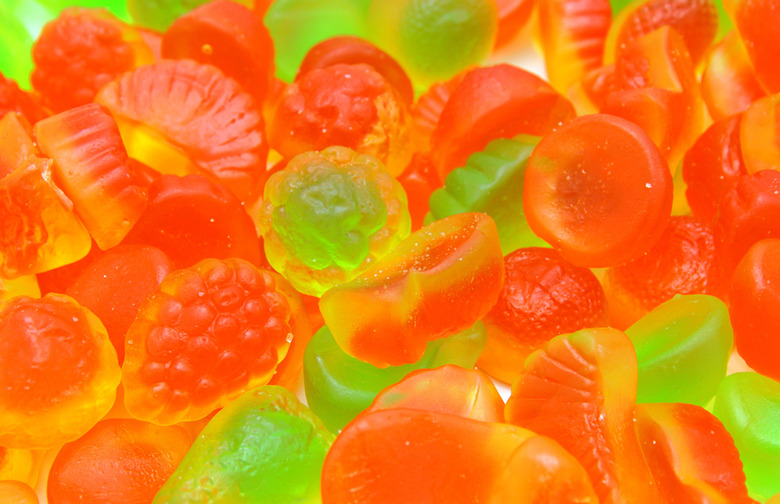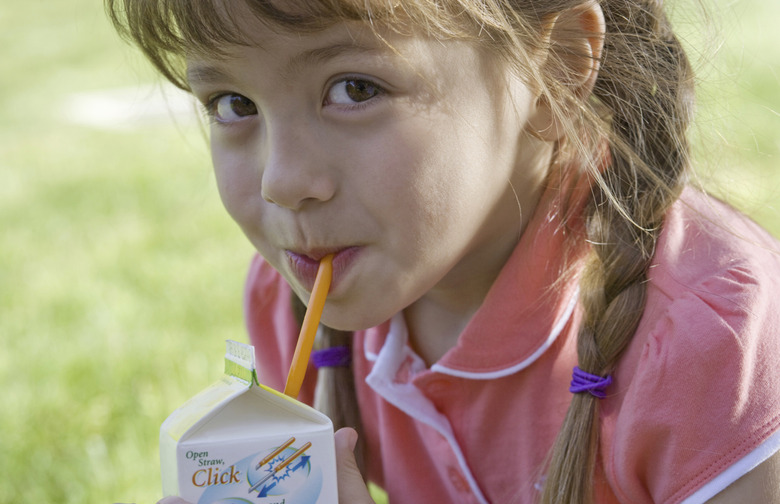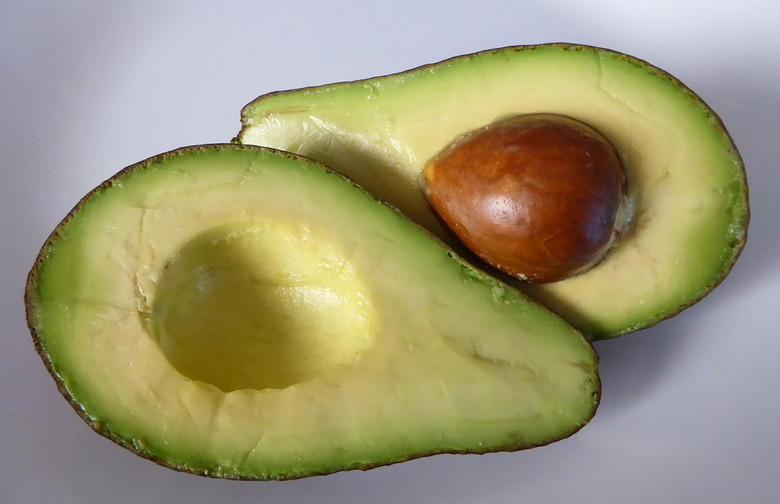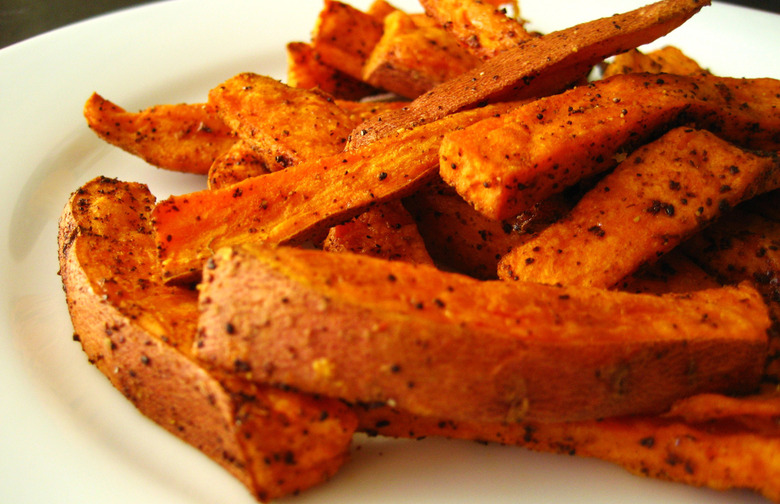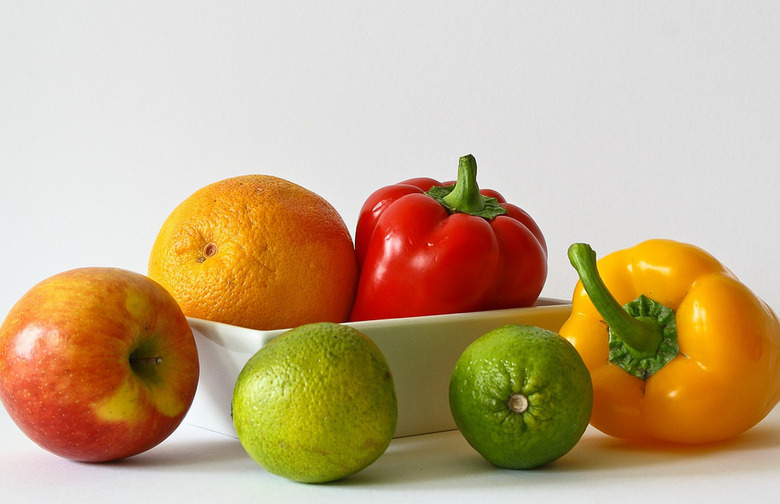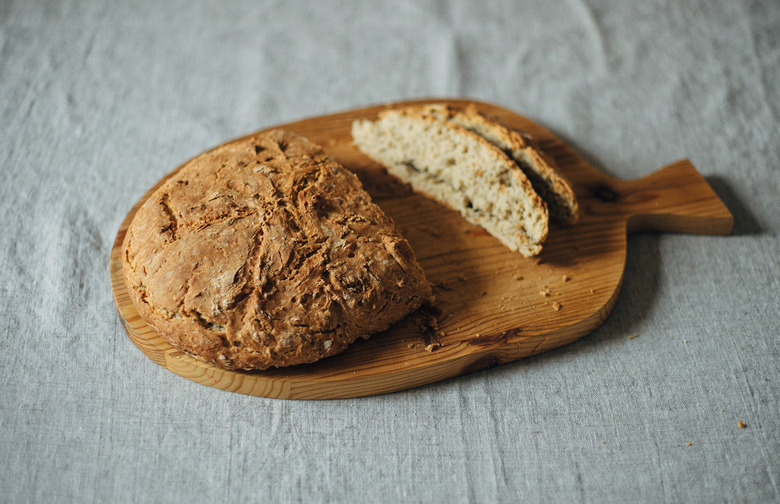10 Things Your Kids Need To Know About Food
The best time to start teaching children about healthy food is from the moment they can start eating real food. Introducing them at a young age to whole foods, such as fruits, vegetables, and whole grains will set them up for success down the line.
Eat Less Junk Food So You Can Be Smarter and Play All Day
Eating foods that are processed and refined or laden with sugar will cause spikes in blood sugar levels that will elicit an insulin response," said Angela Onsgard, RD. "That insulin response will then drop blood sugar levels shortly after that meal. This causes an energy slump that makes it difficult to focus or even stay awake. It's imperative for our children to consume a nutrient-dense meal mid-day that will normalize blood sugar levels so that they are able to focus in school and maximize learning potential." Besides hindering learning and making it hard to stay sitting up straight at their desks, junk food will also not give your kids the energy they need to run around and play.
Eat Fruit and Avoid Fruit Snacks
Cara DeLeon, pediatric dentist, said that fruit snacks are the worst things for kid's teeth. "Fruit snacks are essentially just sugar and they should be used as treats," she said. "Even organic fruit snacks still maintain a higher level of vitamin C, causing quicker breakdown of the enamel." They get stuck in teeth and do not have the nutritional benefits that whole fruit does.
Drink Water and Avoid Juice Boxes
Kids should be drinking plenty of water to stay hydrated. Only one glass of natural fruit juice a day is approved. However, juice boxes are the worst thing for your child. "The biggest problem when it comes to oral health is the amount of convenient, packaged foods," DeLeon said. "These convenient foods contain high amounts of sugar, even if they are natural sugars."
Healthy Fats Do Not Make You Fat
Kids should be introduced to avocados, omega-3-rich salmon, and nut butters because healthy fats allow the body to absorb other nutrients. Healthy fats also keep your child full, which is why an apple and almond butter is a healthy go-to school snack.
Healthy Foods Taste Differently When Cooked Differently
If your child despises broccoli and can't stand to even look at Brussels sprouts, try cooking them a different way. Roasting vegetables in the oven and seasoning them with a touch of olive oil, sea salt, and pepper will make them forget that they are even eating healthy! If they won't eat anything green, start by making carrot or sweet potato fries, which they will definitely enjoy.
Know the Functions of Protein, Carbohydrates, and Fat
It's important for kids to know why they need protein, carbohydrates, and fat to function properly, and which foods to obtain that from. Protein helps children fight infections and break down food into energy. The main sources include meat, poultry, fish, eggs, nuts, beans, and dairy products. Carbohydrates will be your child's main source of energy, so incorporating whole-grain breads, cereals, rice, crackers, and pasta will be important in keeping them moving. Healthy fats are also used for energy and are easily stored in your child's body. Some sources include whole-milk dairy, cooking oils, meat, fish, nuts, and avocado.
Introduce the Important Food Groups
"Bring your children to the supermarket with you, and teach them how to categorize the foods in your cart into food groups: fruits, vegetables, whole-grains, lean proteins, and low-fat dairy," said Sara Hass, spokesperson for the Academy of Nutrition and Dietetics. "Make it fun by allowing them to pick out one new fruit or vegetable they want to try each week. As they learn all of the tasty and healthy foods available, they will eventually be able to help plan the menu at home."
Show Them How to Read Food Labels
"One of the best ways to encourage healthy eating among children is to involve them in meal decisions and preparation," Onsgard said. "Many children don't recognize a carrot or tomato when it's presented to them! Perhaps allow your child to come to the grocery store and pick out the fruits and vegetables. Showing an older child how to read food labels might also stir their interest in choosing healthier foods. Then allowing them to help you pick out the recipes and assemble the meal. This will increase your child's exposure to different foods and increase the likelihood that they will actually eat it."
Stick with Whole Grains
From the start, teach your child to make meals as colorful as possible. This includes bright fruits and vegetables as well as whole grains. Avoid white bread and pasta at all costs because they do not have the same nutritional benefits as whole-wheat bread and pasta.
Too Much Sugar Will Make You Sick
Too much of a good thing is never a good thing and because children love candy, chocolate, and cookies, it can be hard to convince them to steer clear. It's all about moderation and allowing your kids to have dessert every once in a while is part of a healthy routine. You can even introduce them to ice cream made from bananas, or baked goods made with whole ingredients. Educate them on the idea that too much sugar will hurt their stomach and a little will make them happy.


